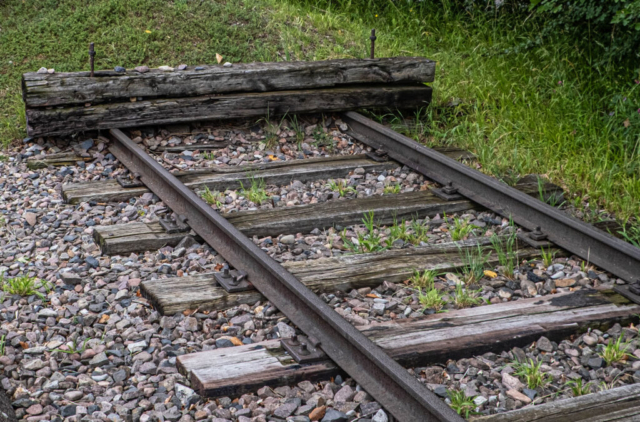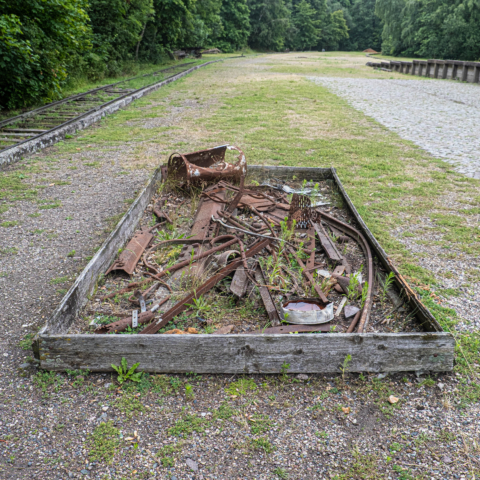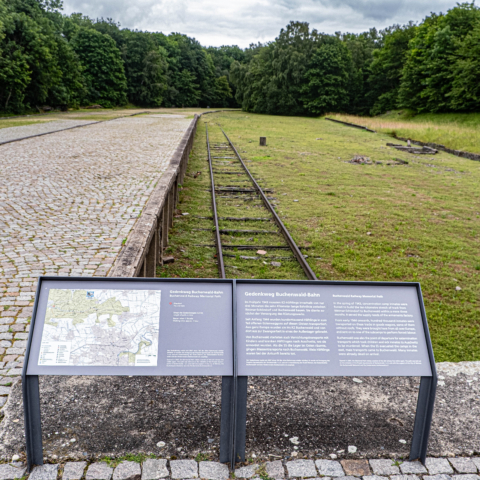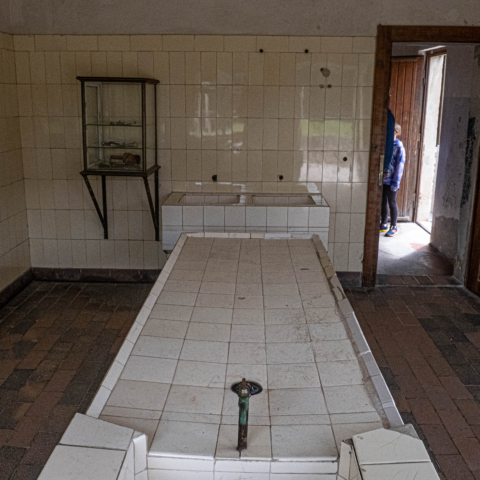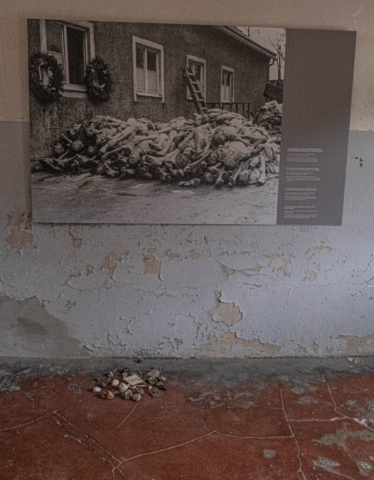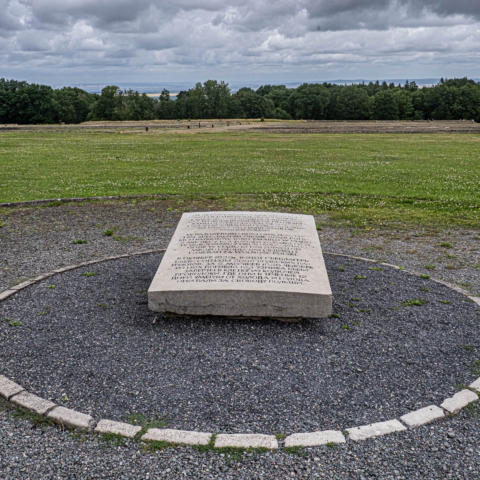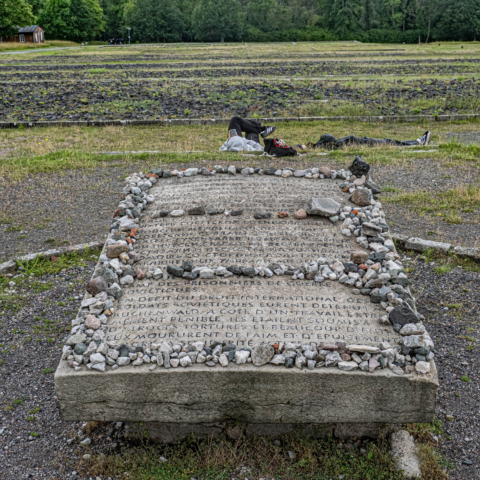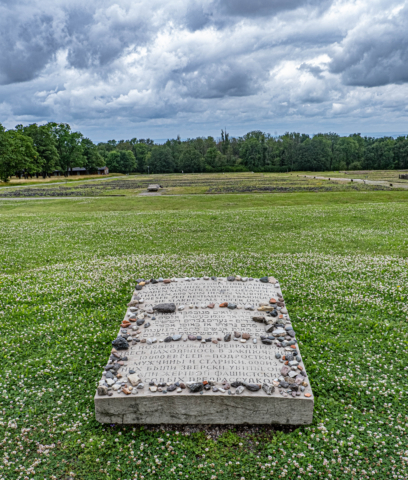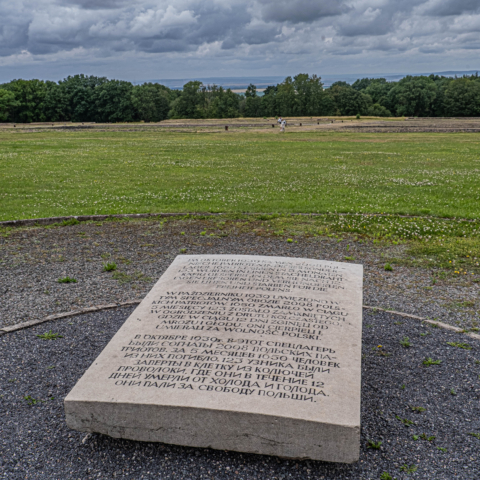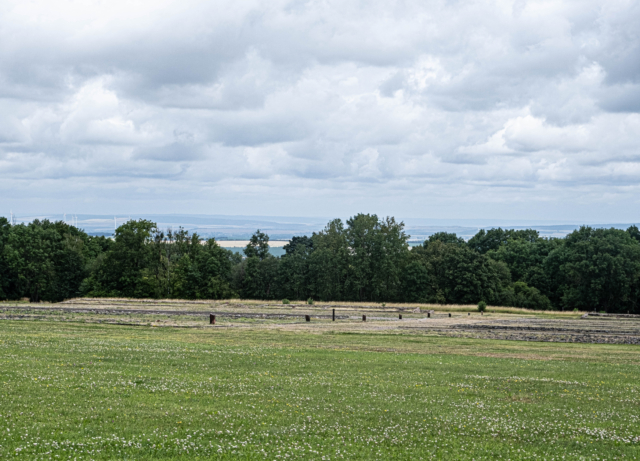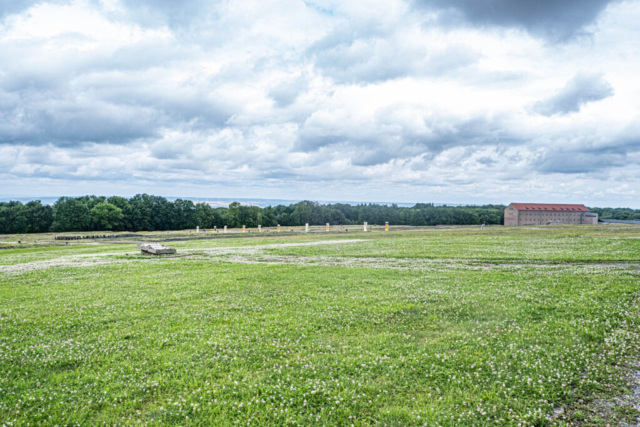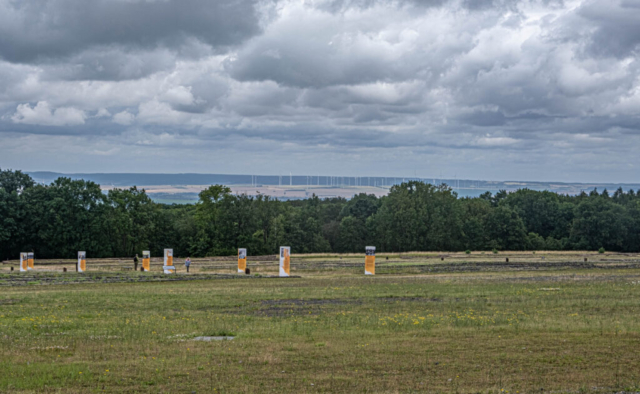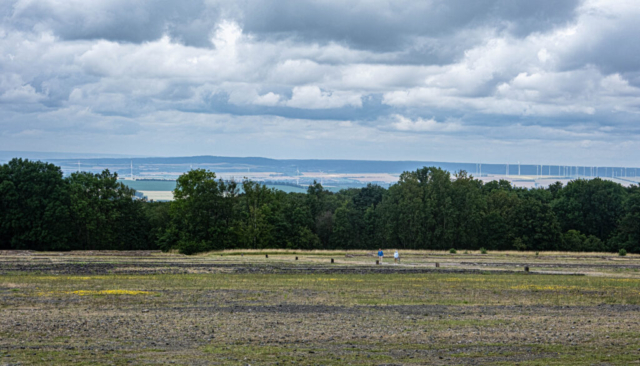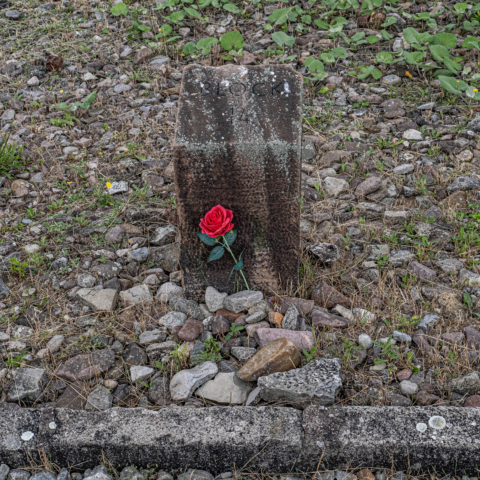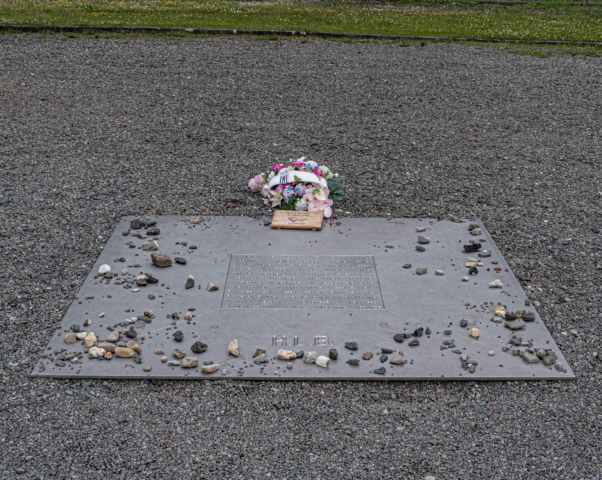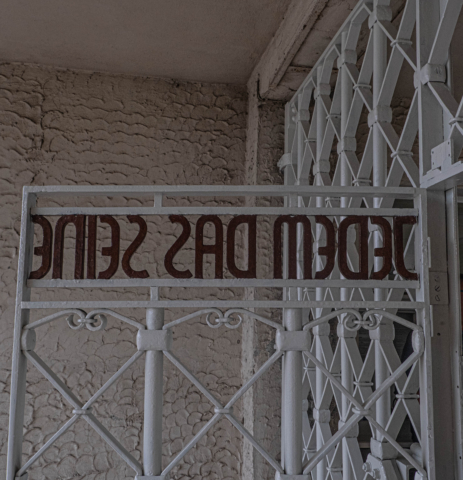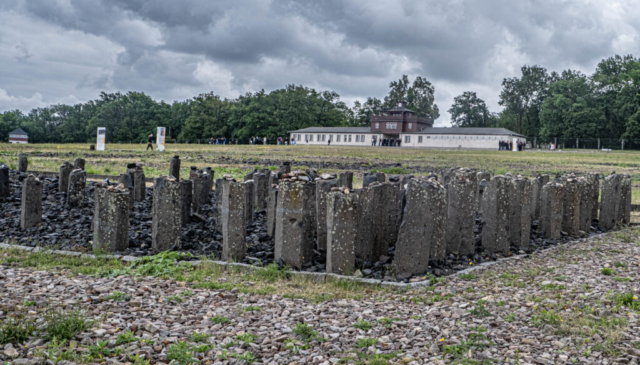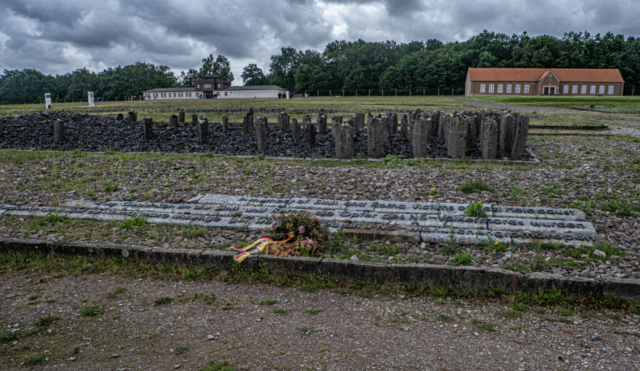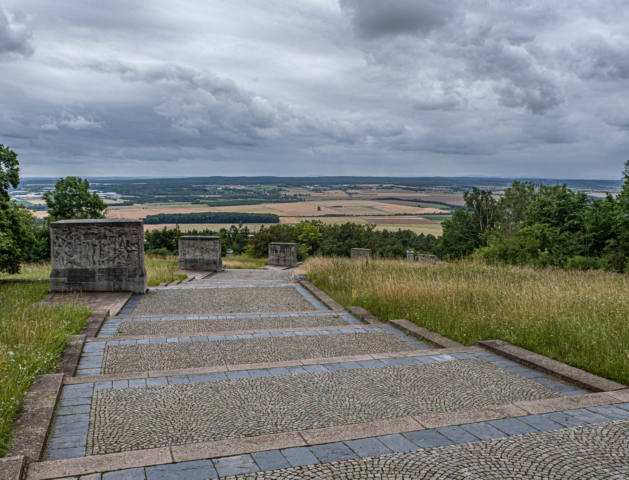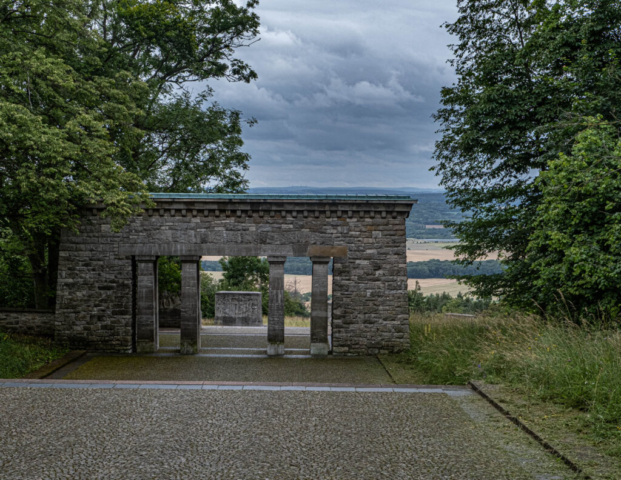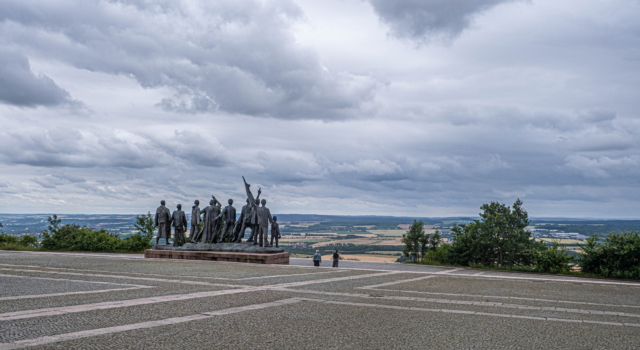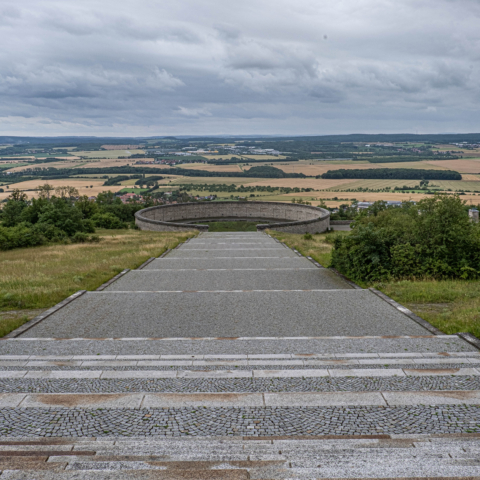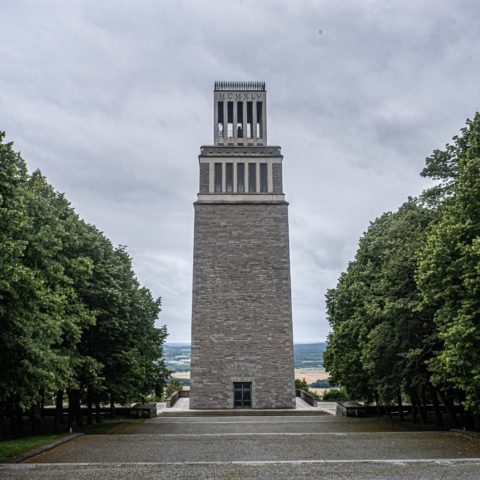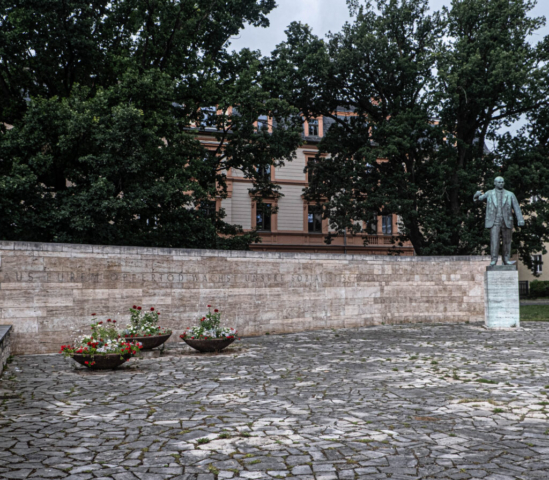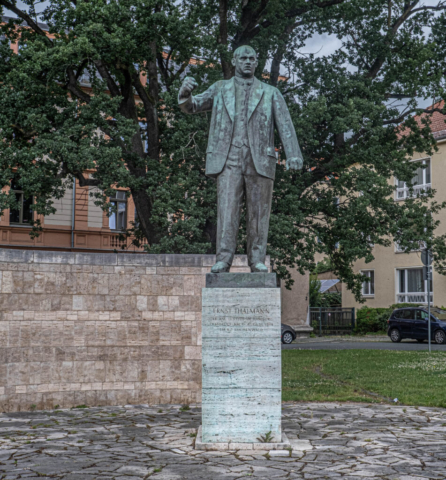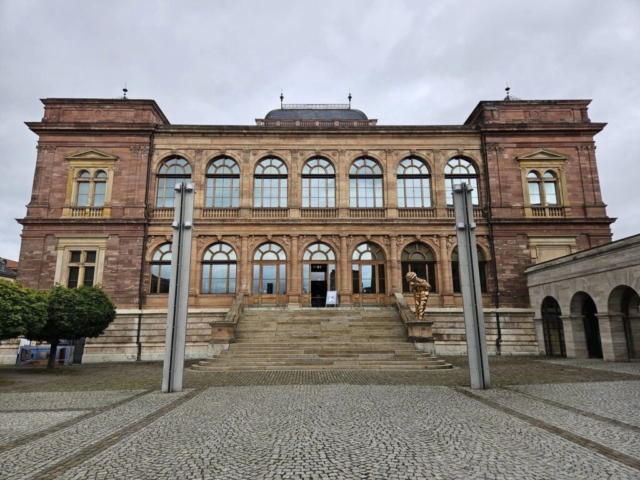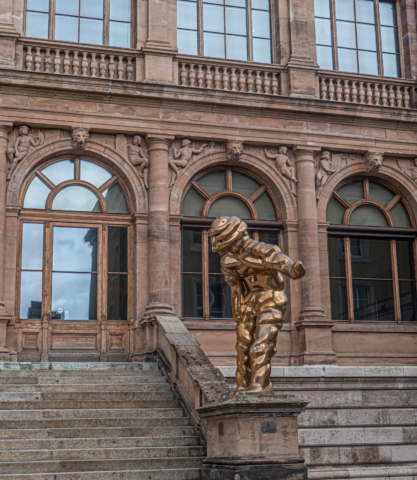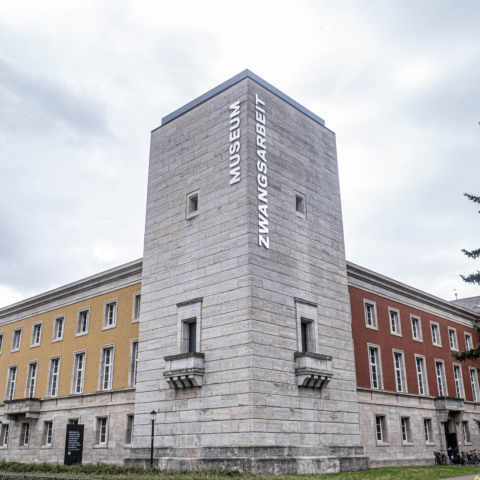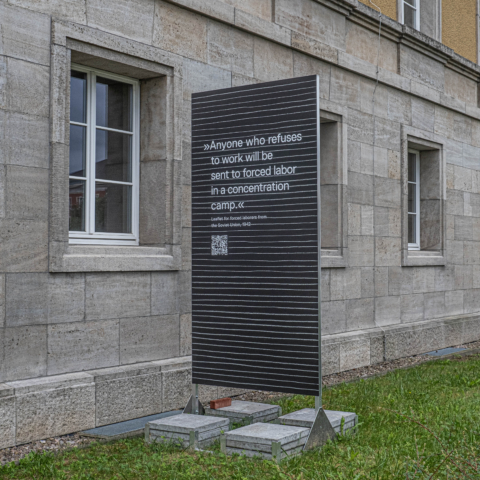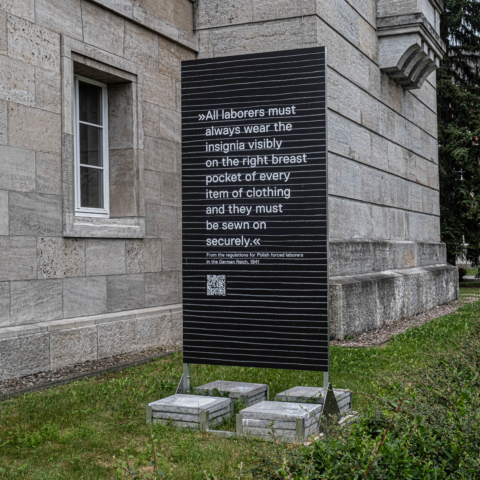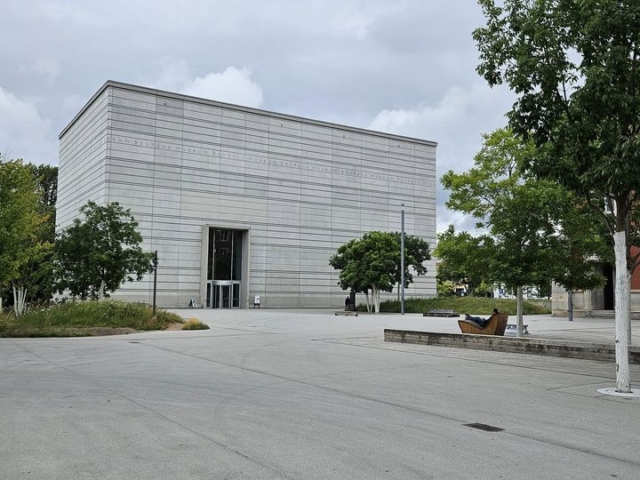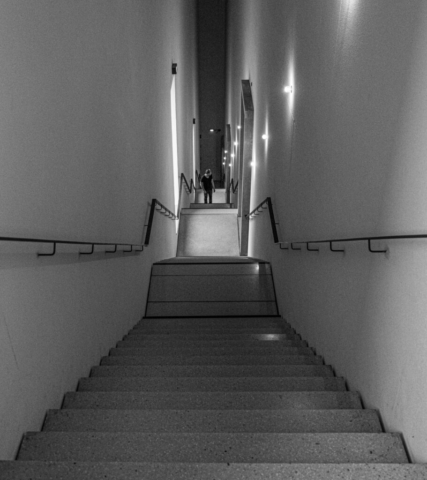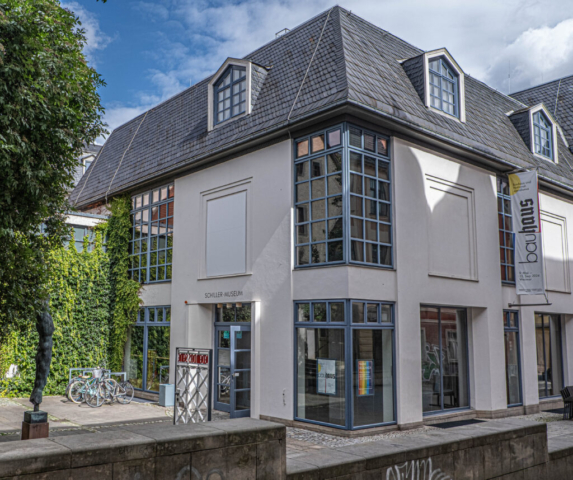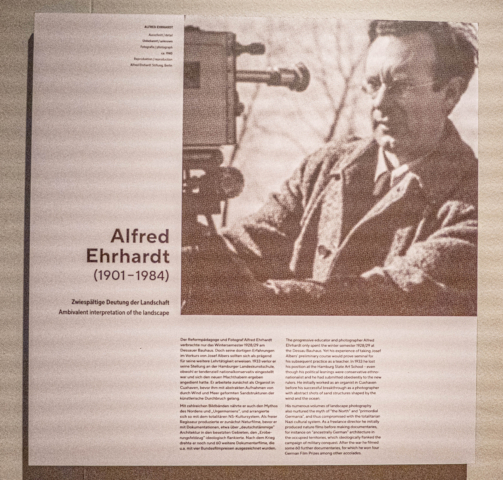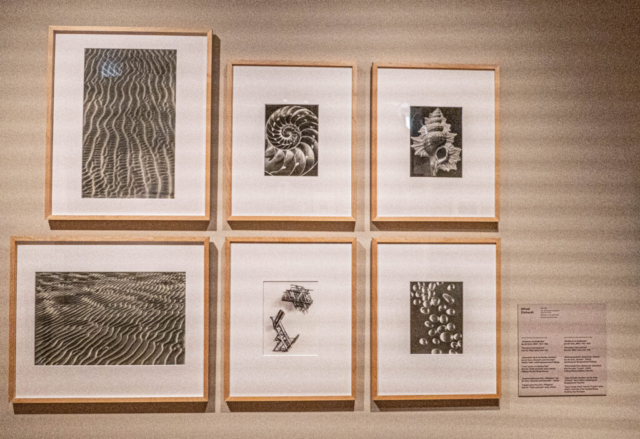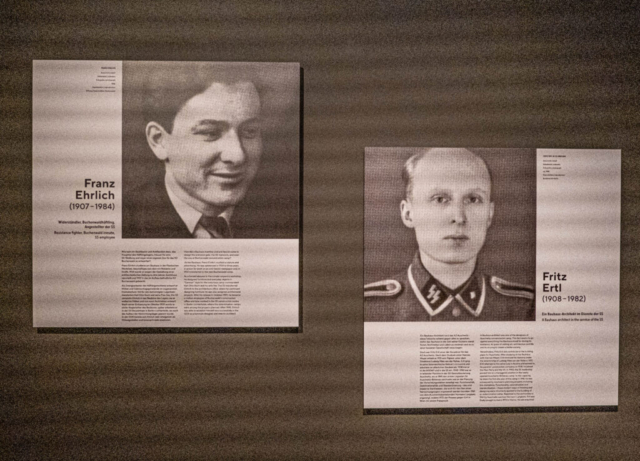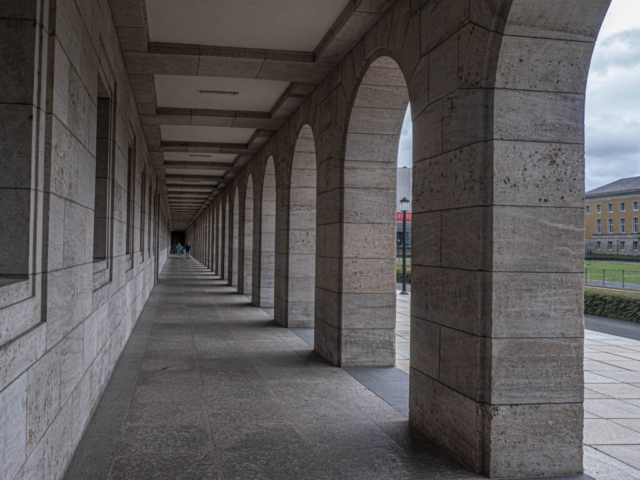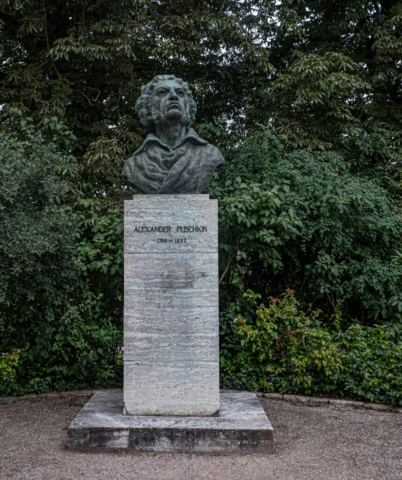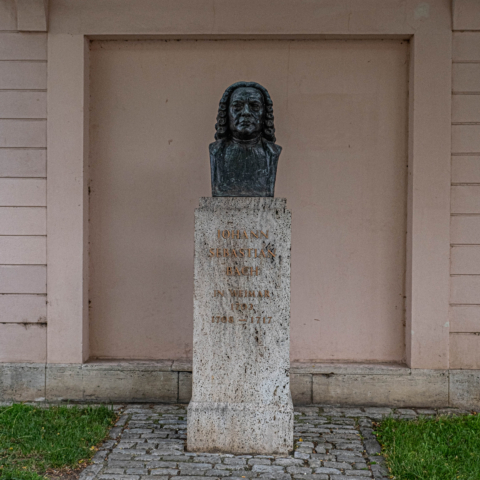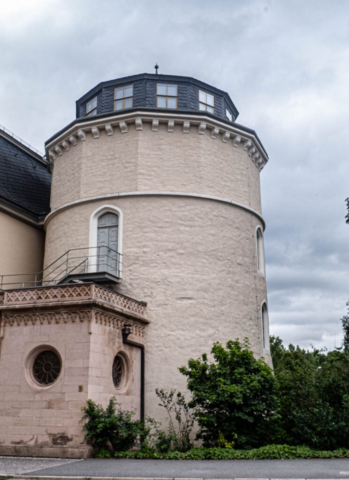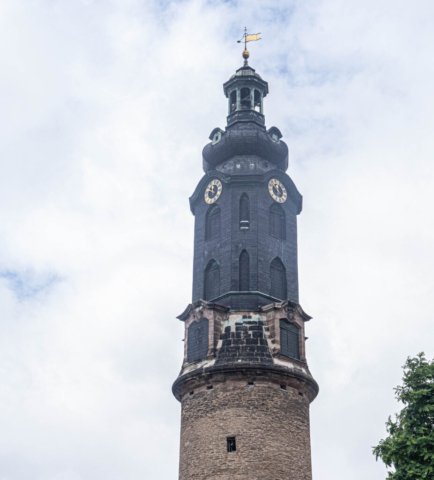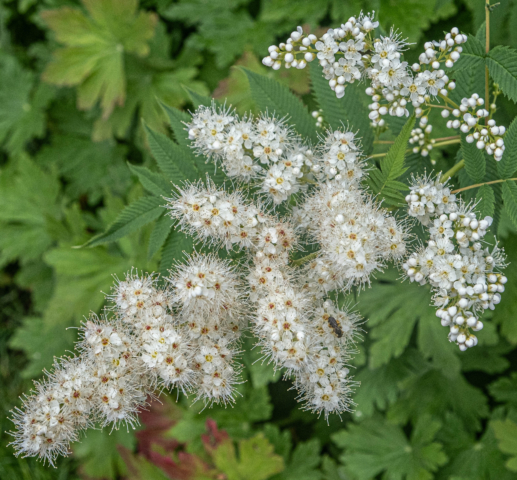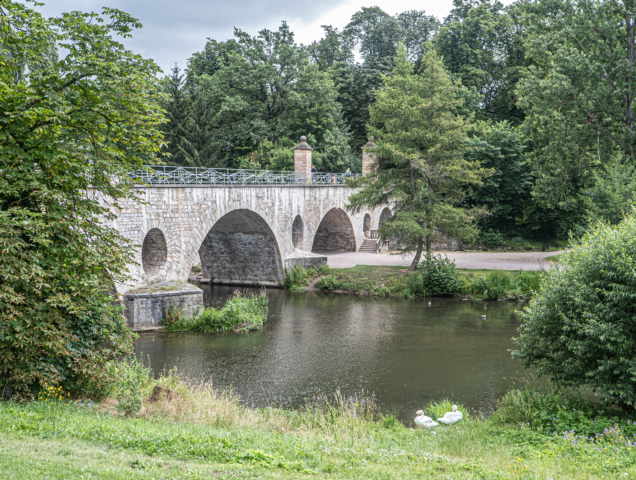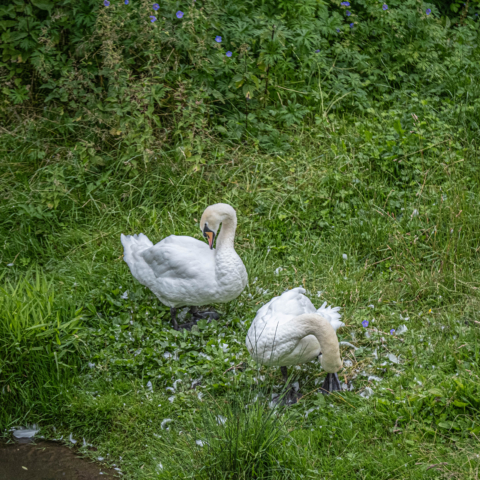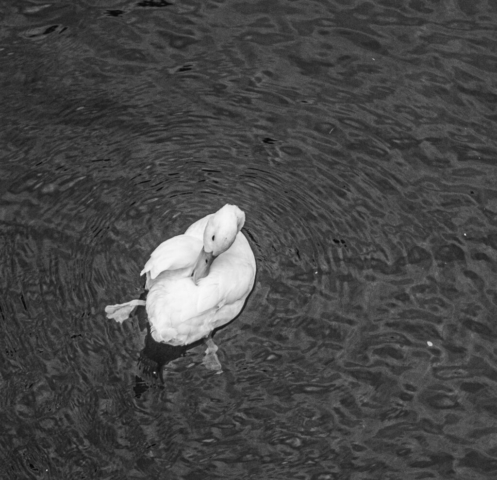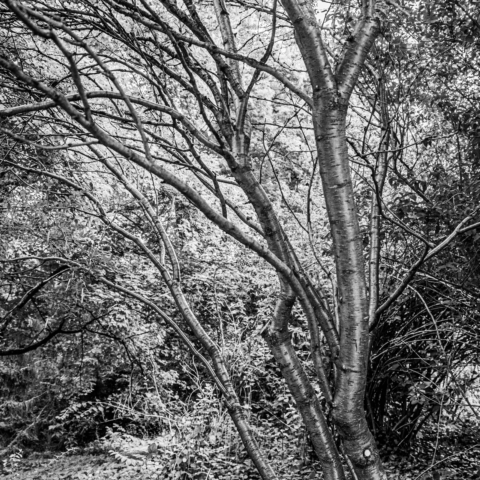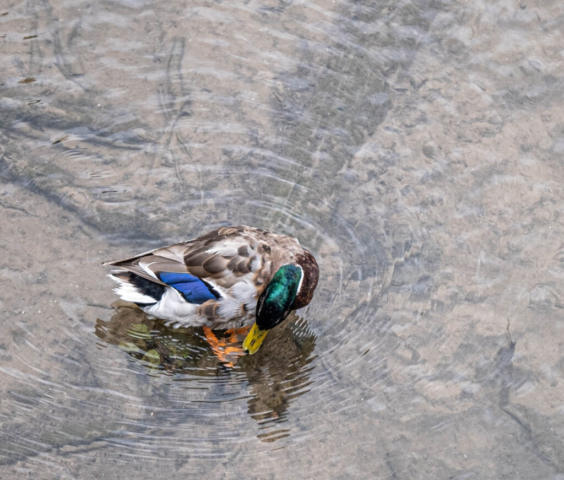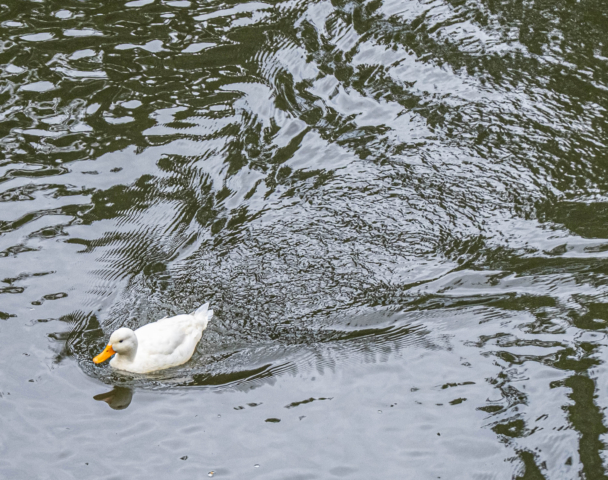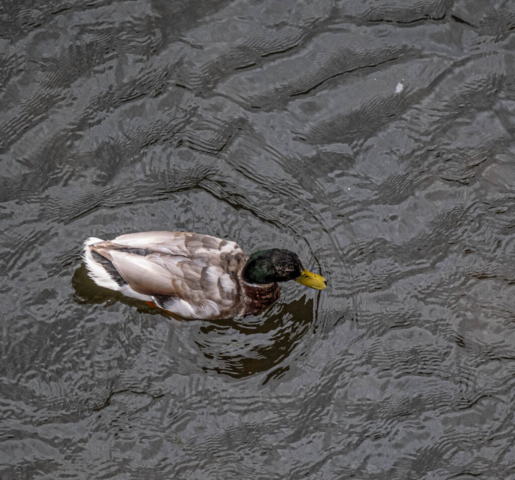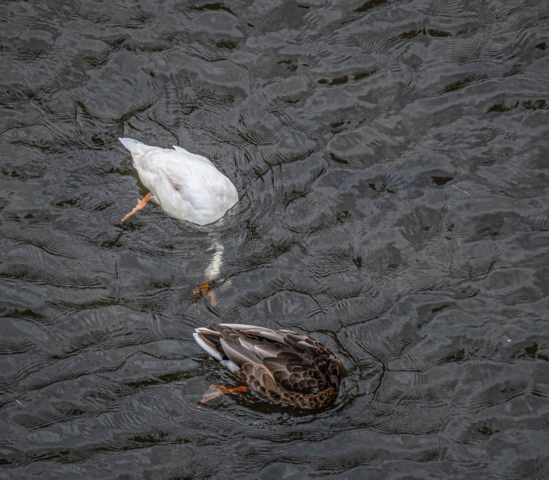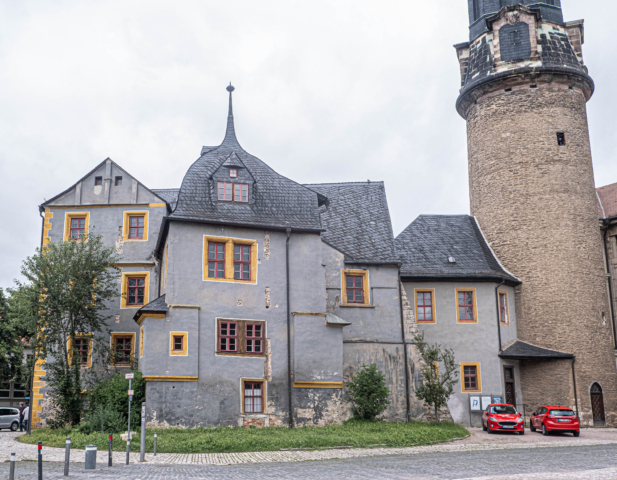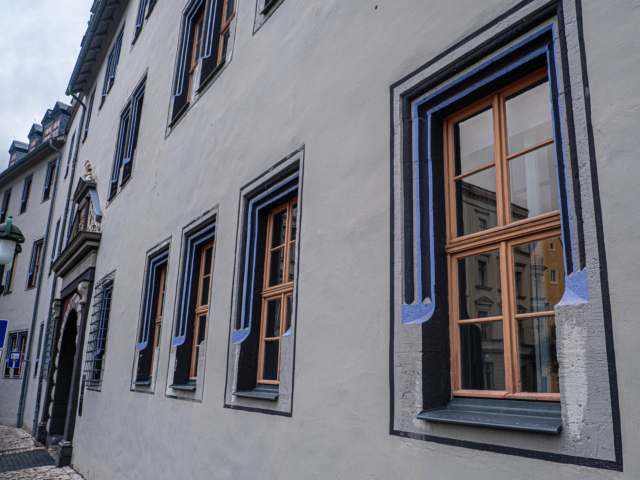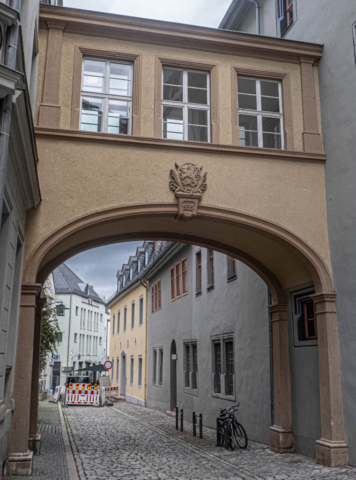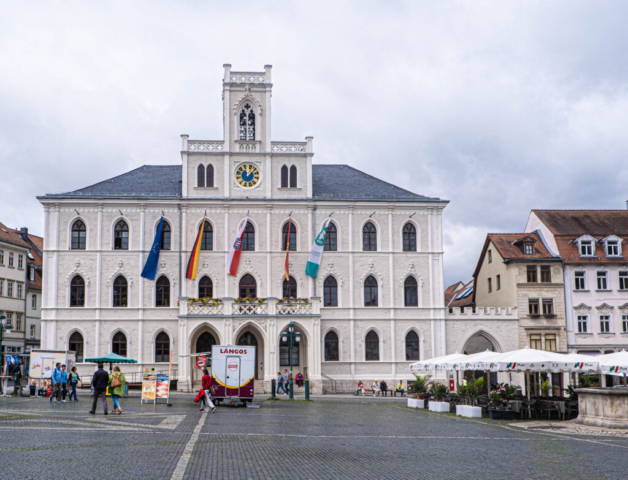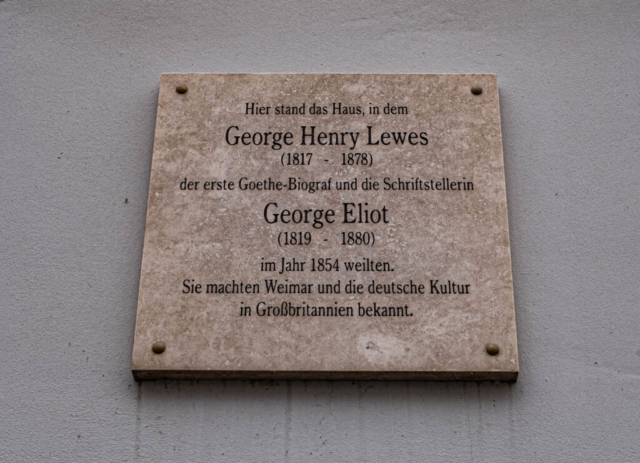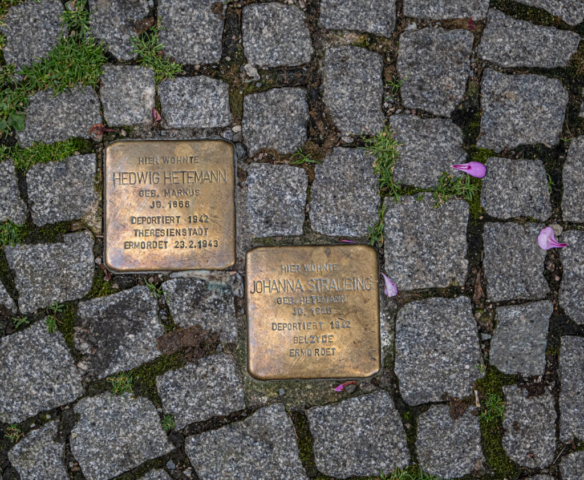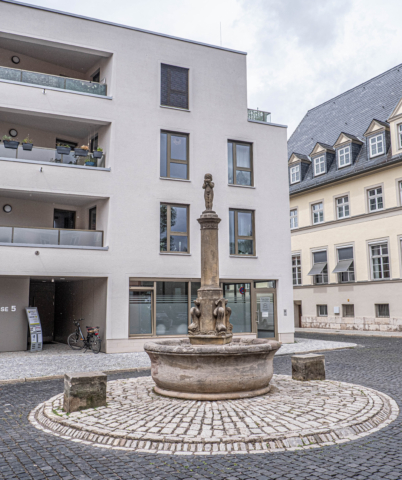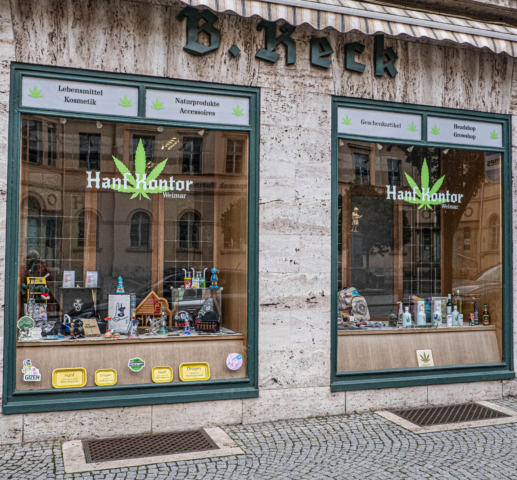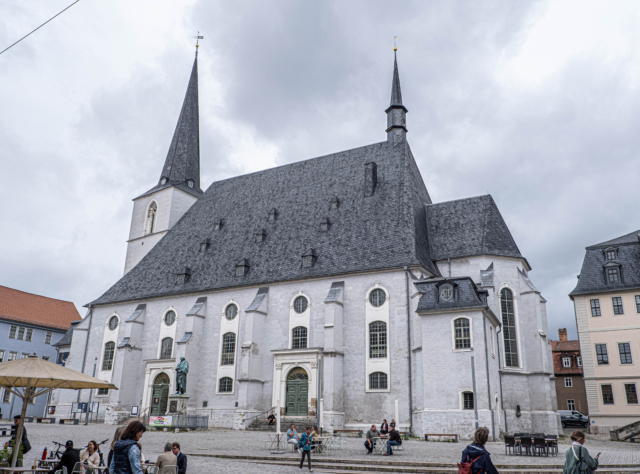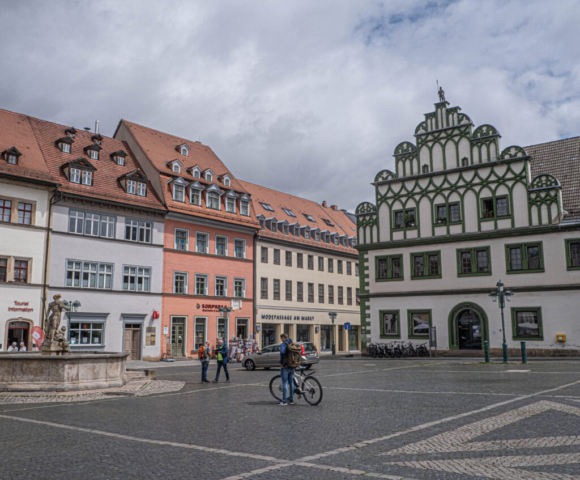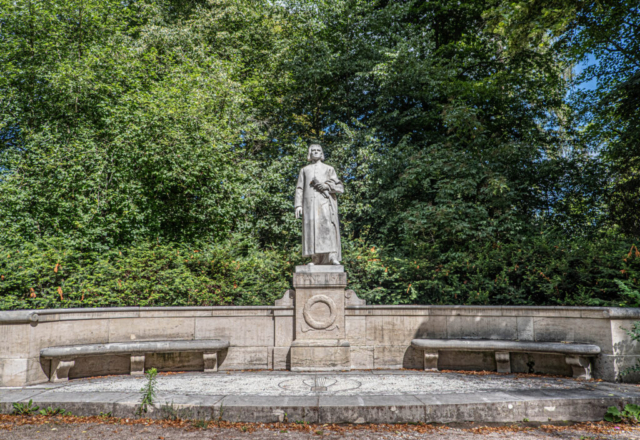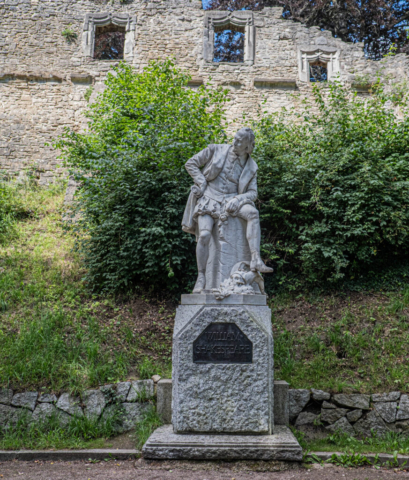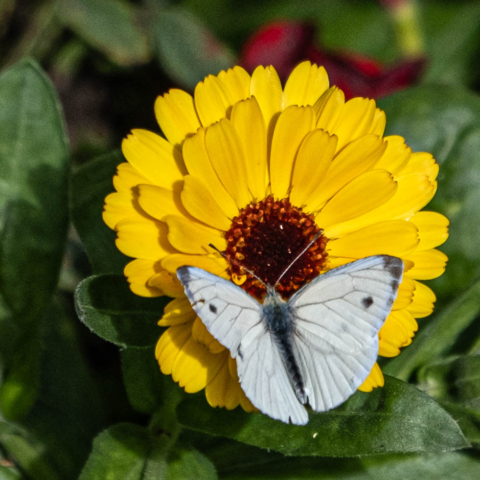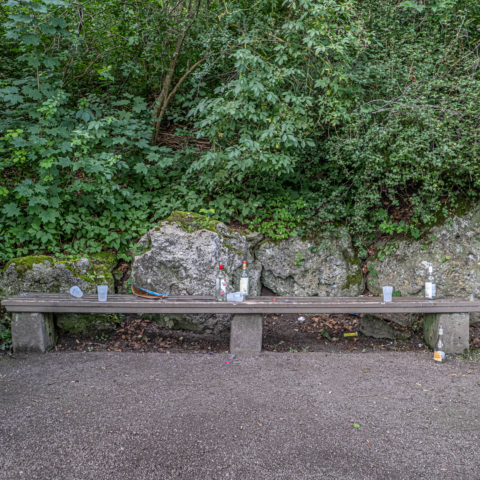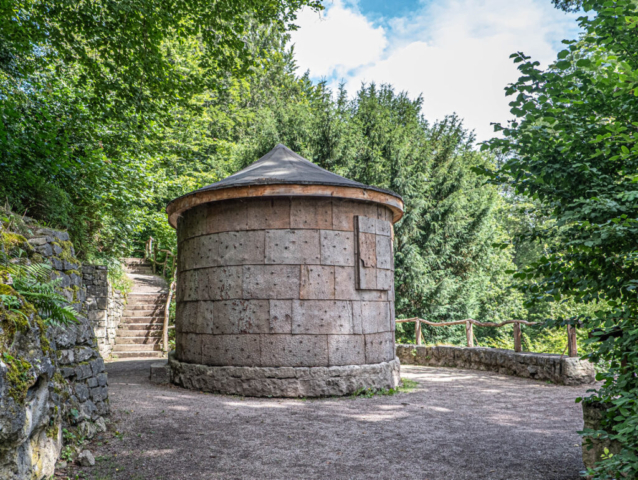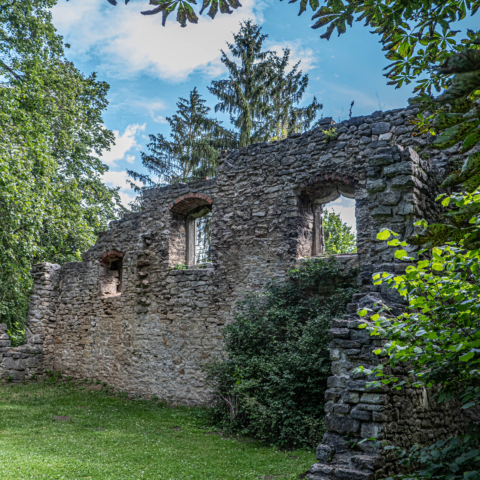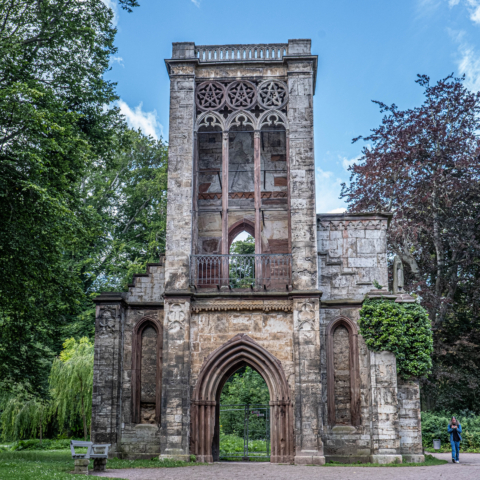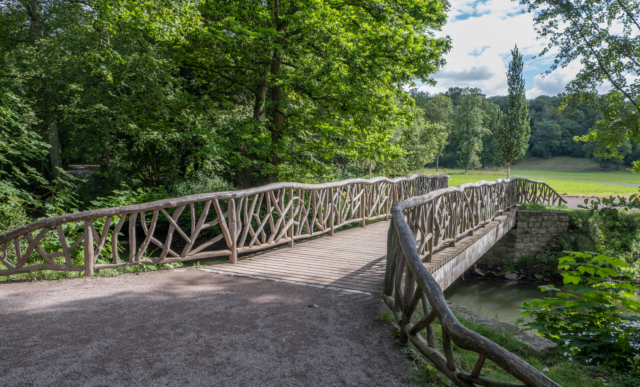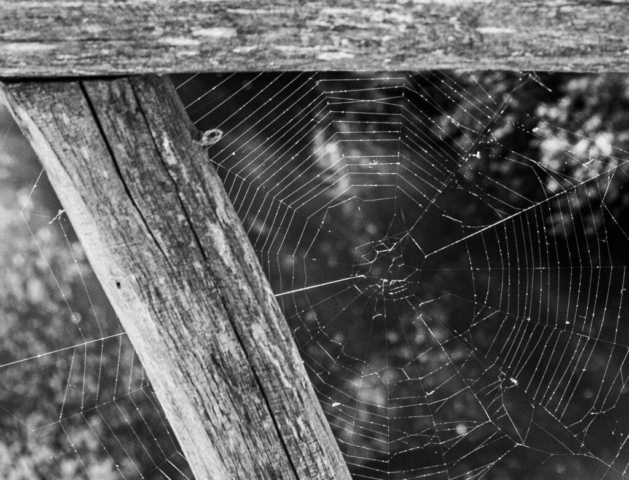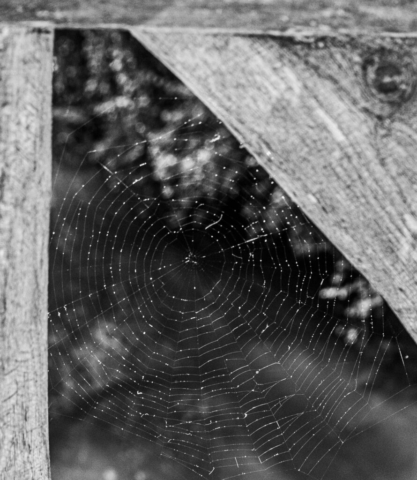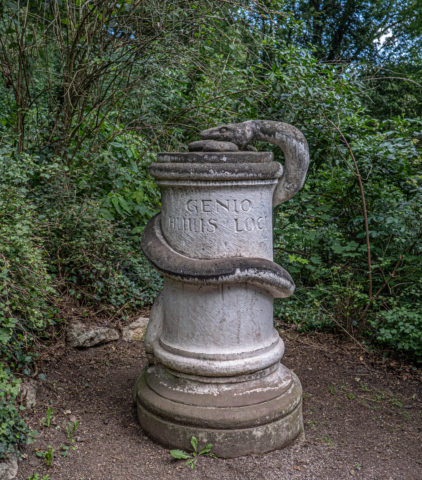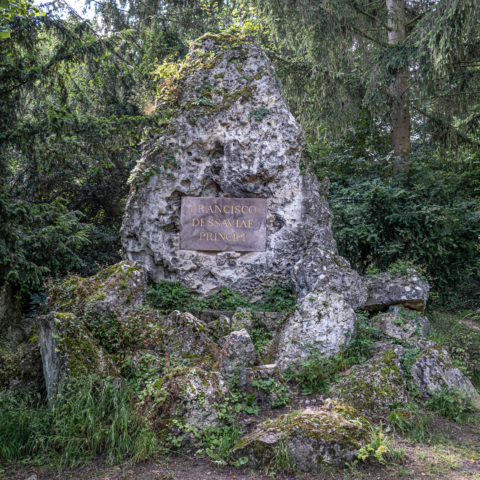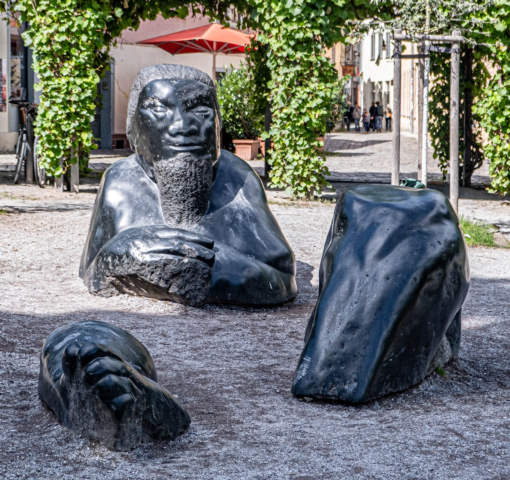Main purpose: to get away from Cresco’s infinity project next door, with its incessant noise which has now ruined every summer for us since about 2018. And now I don’t think Victoriahöfe, or Victoria zu Berlin as they now pompously call it, will ever be finished. Nobody seems interested in ever finishing it. Then rather continue to make life an eternal misery for everyone living in the area. As if the fact that it is one of the ugliest buildings in world is not enough to ruin the day for everyone looking at it.
Secondary purpose, to visit this exhibition in three parts:
“Together, the three parts of “Bauhaus and National Socialism” present a new, often uncomfortable history of the Bauhaus and its legacies. For, long after 1945, the illusion of modernism—and the Bauhaus with it—as uniquely “good” and “persecuted” persisted. As the fates of many Bauhaus members show, an innovative artistic attitude alone does not protect against the seductions of fascism. Therefore the role of art in a liberal and cosmopolitan society is a question that animates the exhibition in all three of its venues.”
But upon arrival in Weimar, I started with a visit to the Buchenwald Memorial.
I have lost count of the number of people who have asked me why I “keep visiting those places”. First of all, since the fall of the wall (1989), I have now visited a breathtaking total of three concentration camps: Ravensbrück, which can be visited on a daytrip from Berlin, Sachsenhausen, likewise, as part of a walk with Empor Berlin, and now Buchenwald, since I was visiting Weimar anyway. Hardly a matter of “keep visiting”.
I always ignore the question, since I do not feel that I have to justify anything to anybody, but if I were to, one of my reasons would be that “those places” are a significant part of the very recent history of the part of the world in which I have always lived and worked, and the country, in which I was a frequent tourist for many years, and where I have chosen to live since 2016.
Since I do not wish to hear their answers, I never ask people to justify them trying to pretend that that chapter never happened. It is a bit like with anti-vaxxers – I really do not want to hear what they have to say on the subject.
I do know that some of them would say that a visit would depress them. Oh dear. Or that it would make them feel queasy. Well, boohoo. Scarred for life then, are we? Newsflash: It is not about you.
Anyway, a strange thing happened this morning when I was trying to find the bus from Weimar to Buchenwald: The bus station in Weimar is being renovated, stops relocated, and the place is confusing, so:
Me, to a friendly-faced lady, around my age, perhaps a little older: Do you know this area well?
Her: Lived here all my life.
Me: Would this be the right direction to the Buchenwald Memorial?
Her, looking a little puzzled: Is that near here?
Me, feeling more than a little puzzled: Apparently a twenty-minute bus ride away.
Her: But surely, the bus stop would not actually be called THAT?
True story. Talk about being in denial.
PS: Actually it is (called THAT).
The mind boggles. But anyway, here are some photos. What always strikes me during my “many” visits to “those places” is the idyllic surroundings.
Day two and three:
On the way to the first museum, a name which is familiar in Berlin, too:
Museum Neues Weimar
“The Bauhaus as a Site of Political Contest, 1919-1933, illuminates artistic and political conflicts at the Bauhaus. These began with the founding of the art and design school in Weimar and continued unabated when the Bauhaus moved to Dessau and Berlin.”
Bauhaus Museum
“Removed – Confiscated – Assimilated, 1930/1937, focuses on the “Degenerate Art” confiscations in 1937 and the campaign that preceded it in Weimar. As early as 1930, authorities had ordered the removal of over 70 works by artists such as Lyonel Feininger and Paul Klee from the Weimar Castle Museum. In 1937, more than 450 works were confiscated – a cultural loss to Weimar’s collections that is still felt today.”
Bonus tip: a nice café inside the museum (downstairs), and a good Vietnamese restaurant on the corner of the same square.
Schiller-Museum
“The core of the exhibition deals with Bauhaus members “Living in the Dictatorship, 1933-1945″. It addresses the balancing acts they performed in the face of the new political circumstances after 1933. Many Bauhäusler had few choices; under an anti-leftist and racist regime, they lost their jobs and were forced into exile. At least twenty-one Bauhaus students perished in ghettos and concentration camps. However, the majority were not targets of the Nazi regime. In fact, they participated in propaganda exhibitions and design fairs, and they designed film posters, furniture, household goods, and even busts of Hitler.”
This, for me, was the most interesting of the three Bauhaus/Nazi-related exhibitions. However, the other two museums were interesting because of their other content and so should not be missed in this context.

